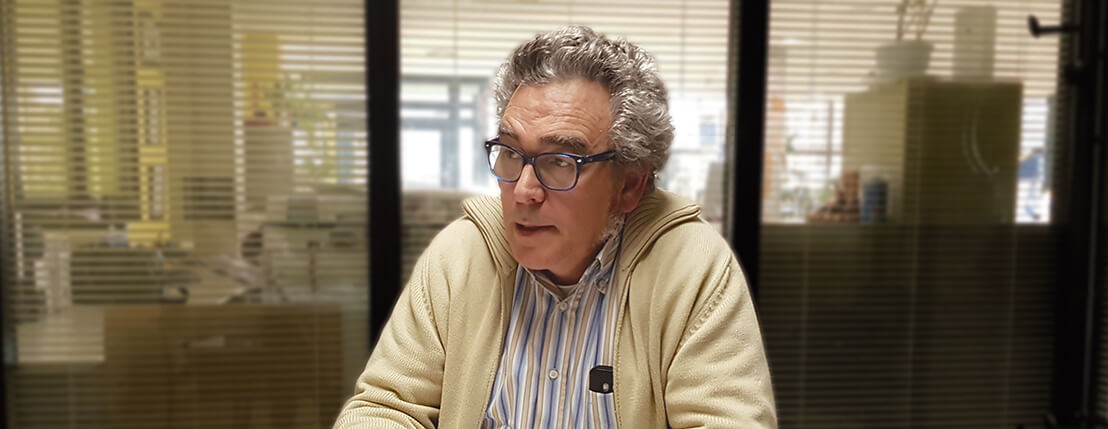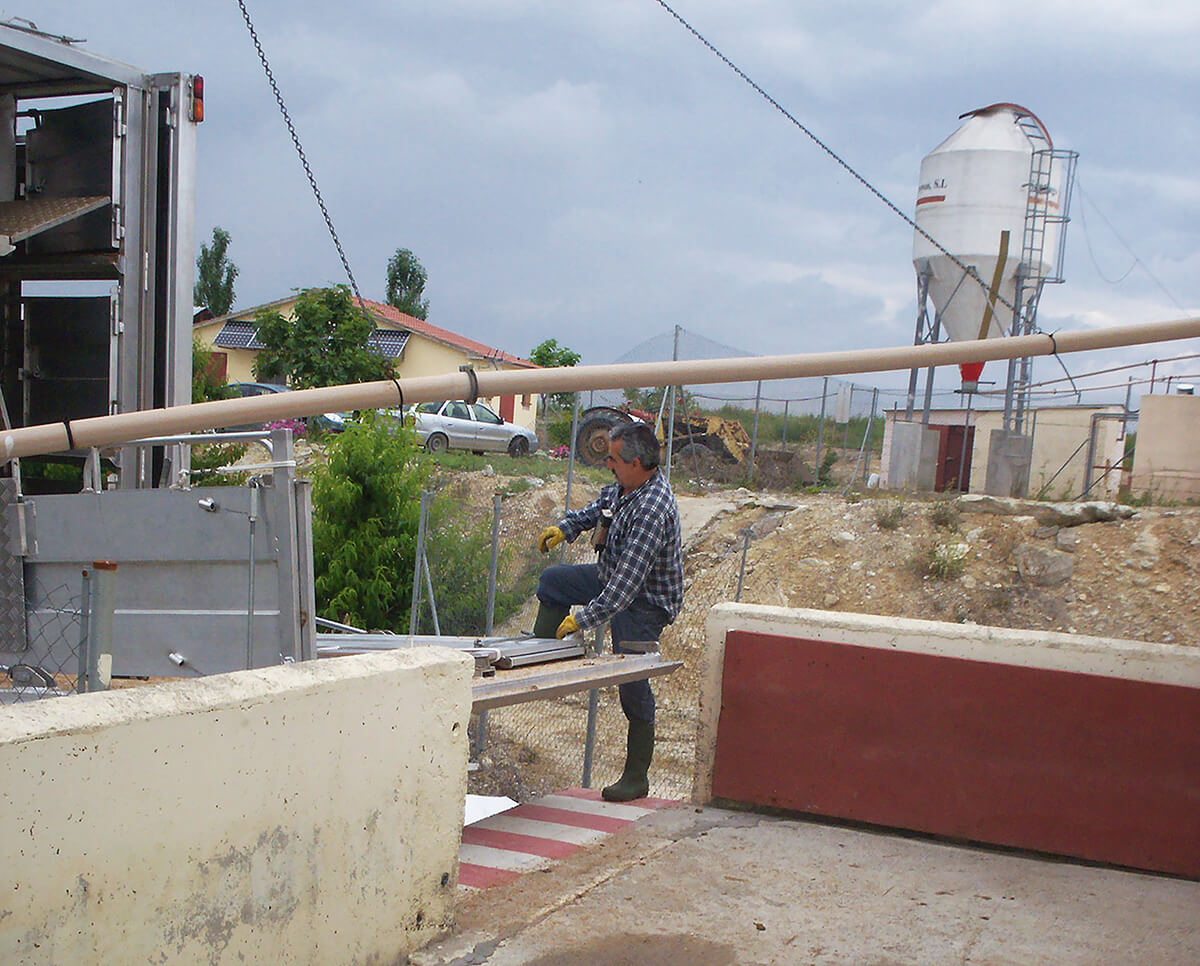Blog
Blog

Mistake number 1 is not to properly differentiate the clean area
18 of October of 18 - News
How important is biosecurity on pig farms?
It has a very important role. The basic concept is defined very nicely by the saying: “prevention is better than cure”. In more technical terms, we could say that biosecurity is everything we can do to prevent infectious diseases from getting into the production system. In our business we work with live animals, which means that we are working with something very delicate, that we must protect, so we need to implement biosecurity measures.
Are biosecurity measures applied in practice?
On most farms, yes, but there are some that do not. The problem is that the pig sector is very widespread and, unfortunately, for some diseases we are depending on the ones who do the worst. That is to say, even if we implement all existing biosecurity measures, and we do so as well as possible, if there is someone who does not do it well enough, when a problem occurs, it will equally hurt the ones who do things right as the ones who do things wrong. That is why it is so important for everyone to apply biosecurity measures.
There are two levels of biosecurity, external and internal. What do these levels refer to?
External biosecurity is what we apply to protect ourselves from whatever may come in from outside, and internal biosecurity is everything that is done to protect ourselves from problems that are already in the production system. The latter is more complex, because if it is difficult to isolate the farm from the rest of the world, trying to make a difference on our own farm is more complicated.

Let's start by looking at the farm from outside in, talking first about external biosecurity. What we have to do to protect our farm?
Fact is is that when we talk about biosecurity, it doesn't make much sense to make a list of enemies, because biosecurity measures are for everyone, both for the known and the unknown. If we had implemented good security measures, PRRS would not have caused as much damage as it did. From there, we do need to have some basic measures, like fencing that physically prevents both people and animals from getting through, and define very well what the clean area (the farm) is and what the dirty area (the rest of the world) is, which we have to treat as if it was full of all existing diseases. Precisely, in terms of the delimitation of the clean area and dirty area, we must take a few critical points into account, which are the points of contact, that is to say, people who enter through the changing rooms, the livestock that enters through the loading bay, the material that enters through the collection point, etc.
What are the basic measures that must be implemented in external biosecurity? It would be very important to get all farms in Spain to have fences, bird mesh, a good loading bay and to change clothes properly. There are a lot of other things, but if we all adhere to these basic measures, it will be a success. However, these measures should be implemented correctly. For example, in the specific case of the loading bay, it is important to be very clear about what the clean area is and what the dirty area is, the driver should know where he can drive and how far, and the same goes for the farmer. It is also essential for the bay to prevent animals that have been on the truck from getting back into the farm, as well as the re-entry of liquids. From the day that you decide to build a farm, you know that animals will be coming in and out. The inclusion of a loading dock is simple, it involves a small part of the overall investment in the farm and the advantages are manifold, both for the farmer and for the driver, and also for the animal, so I think we should drive this point home more strongly.
Related to the loading bay, what measures should be adopted regarding transport coming to the farm? Livestock transport is the most delicate and infamous issue of all. Everything related to transportation implies haste, and a lot of time control, as a driver is conditioned by the tachograph and so loading and unloading processes need to be quick. They often offer to help, which means entering the clean area, and that is something they should never do. To avoid this, when the day comes to load and unload animals, there should be enough staff to make the work more streamlined and avoid mistakes. We should also to start to seriously consider having a changing room for the drivers, where they can wash, and put on the farm's own clothes and boots, which are only used for loading.
Among the basic measures, you have suggested a change of clothes. What is there to consider on this issue? The best way of ensuring a proper change of clothing is to have a suitable changing room. It should be divided into two zones: a dirty area that the operator enters, and where he leaves all his clothes, watch, mobile... and then passes through a compulsory point of passage (where the hygiene standards for the farm are checked), and a clean area where farm clothes are available. The compulsory standards of hygiene at the point of passage can vary; usually on breeding farms, in insemination centres, genetic centres... there is a shower and, in the case of fattening farms, if there is a shower, perfect, and if not, there must at least be a sink. Regarding farm clothing, it is important to always wash and dry oneself when on the facilities.
Apart from these basic measures, if we want to maximize bio-security, what other measures can be applied? For example, regarding the entry of material, we should have a specific loading bay for this, where disinfection is possible, or take such measures as having material arrive in double bags. As for the tools used by operators who are external from the farm, there are preventative measures such as having special tools for internal use, or you have the option of disinfecting them before they enter the farm.
Finally, what are the main mistakes that are committed in external biosecurity? Mistake number 1 is not properly differentiating the clean area from the dirty area and number 2 is a lack of understanding of what the measures are for and only applying them because the law says so. So we must work to raise awareness in the industry through education and training, and not just be satisfied that the measures are being met in order to comply with legal obligations. If people understand why things are done, the measures will be applied well and, above all, will be long-lasting.






